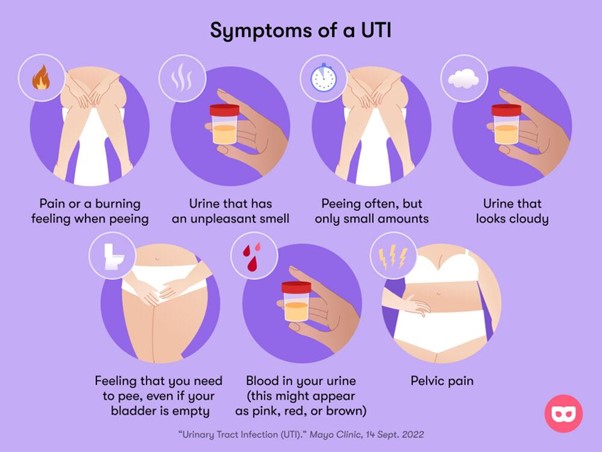The nurse is assessing a client admitted with renal stones. During the admission assessment, what is the priority questions to ask?
Recent travel
Typical diet and fluid intake history
Vaccination records
Last bowel movement
The Correct Answer is B
A. Recent travel: Assessing recent travel history is relevant in understanding potential exposure to certain infections or dietary habits specific to certain regions. However, for a client admitted with renal stones, the immediate focus is on understanding factors related to their condition. While travel history might be a part of the overall assessment, it is not the priority question in this context.
B. Typical diet and fluid intake history: This is the priority question. Understanding the client's typical diet, including the types of foods they consume and their fluid intake habits, is crucial. Certain dietary factors, such as high intake of oxalate-rich foods or insufficient fluid intake, can contribute to the formation of renal stones. Gathering this information helps healthcare providers identify potential dietary factors that might have led to the stones, allowing for tailored dietary recommendations and prevention strategies.
C. Vaccination records: Vaccination records are essential for preventive healthcare, but they are not directly related to the assessment of a client admitted with renal stones. While ensuring clients are up-to-date with vaccinations is important, it is not the immediate concern in the context of renal stones.
D. Last bowel movement: Bowel movements are relevant to overall health and can provide information about gastrointestinal function. However, in the specific context of assessing a client admitted with renal stones, understanding the client's bowel movements is not the primary concern. The focus should be on factors directly related to renal stones, such as diet and fluid intake history, which can inform immediate interventions and prevention strategies.
Nursing Test Bank
Naxlex Comprehensive Predictor Exams
Related Questions
Correct Answer is C
Explanation
A. Performing range of motion:
Explanation: Range of motion exercises are important for preventing joint stiffness and muscle atrophy, especially in clients with casts. However, this is not the first priority. Ensuring adequate circulation and perfusion is crucial before initiating any exercises or movements, as compromised circulation could lead to serious complications.
B. Managing pain:
Explanation: Pain management is important for the client's comfort, but it is not the first priority in this context. Assessing circulation and ensuring there are no signs of compromised perfusion takes precedence. Pain management can follow once circulation has been confirmed as adequate.
C. Checking capillary refill:
Explanation: Checking capillary refill is the first priority when assessing a client with a cast. Capillary refill assesses peripheral circulation by pressing on the nail bed and observing how quickly color returns. Delayed capillary refill could indicate compromised blood flow, which is a serious concern and requires immediate intervention.
D. Discussing cast care:
Explanation: Educating the client about cast care is important, but it is not the first priority. Ensuring proper circulation and ruling out any signs of impaired perfusion must be addressed before discussing cast care instructions.
Correct Answer is A
Explanation
A. Urinary tract infection
The symptoms described, including recent mental status changes and periods of incontinence, are suggestive of a urinary tract infection (UTI) in an elderly individual. UTIs are common among older adults and can cause a variety of symptoms, including confusion, which is often the primary manifestation in the elderly population. Other symptoms can include urinary urgency, frequency, and incontinence.
B. Acute kidney failure - While acute kidney failure can cause changes in urination and mental status, it is less likely to be the primary cause of these symptoms in this scenario. UTI is a more common and immediate concern given the symptoms described.
C. Septic shock - Septic shock is a severe condition that occurs when an infection leads to a life-threatening drop in blood pressure. While septic shock can cause altered mental status, it is a critical condition that often presents with more dramatic symptoms and requires immediate intensive care management. The symptoms described are more suggestive of a UTI.
D. Urinary stasis - Urinary stasis refers to the slowing or cessation of urine flow. While urinary stasis can contribute to the development of UTIs, it is not a condition that would cause sudden and acute mental status changes and incontinence on its own. UTI is a more likely cause of the symptoms described.

Whether you are a student looking to ace your exams or a practicing nurse seeking to enhance your expertise , our nursing education contents will empower you with the confidence and competence to make a difference in the lives of patients and become a respected leader in the healthcare field.
Visit Naxlex, invest in your future and unlock endless possibilities with our unparalleled nursing education contents today
Report Wrong Answer on the Current Question
Do you disagree with the answer? If yes, what is your expected answer? Explain.
Kindly be descriptive with the issue you are facing.
